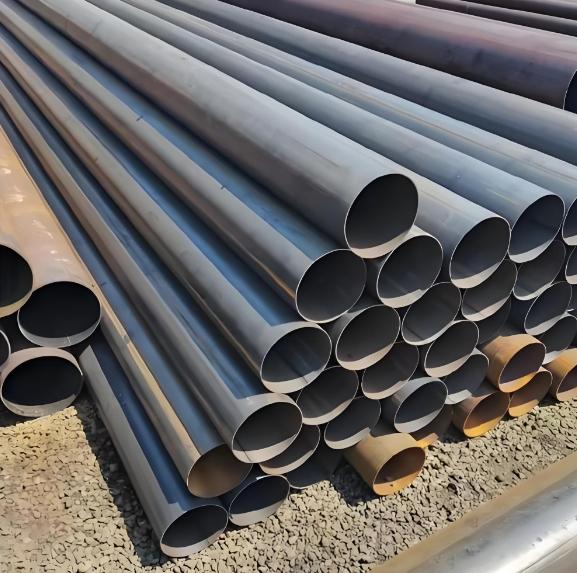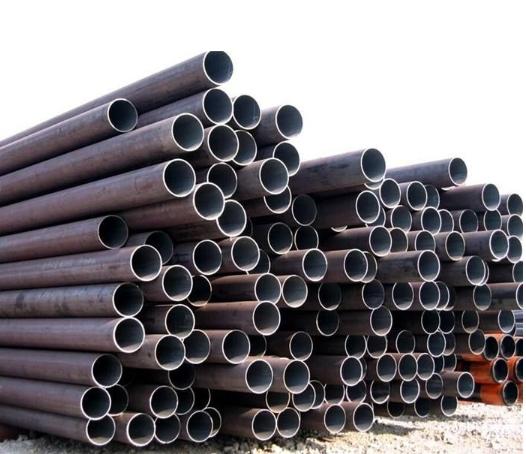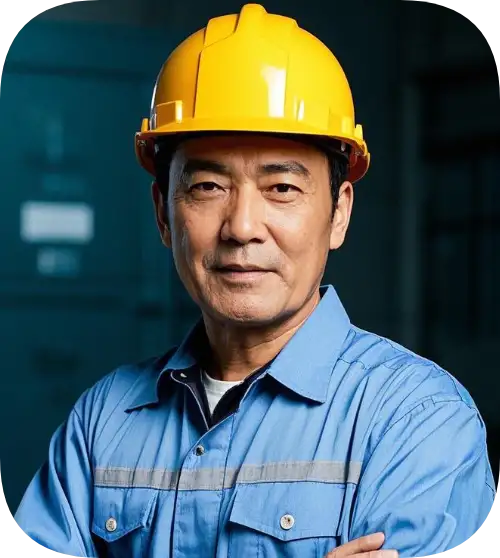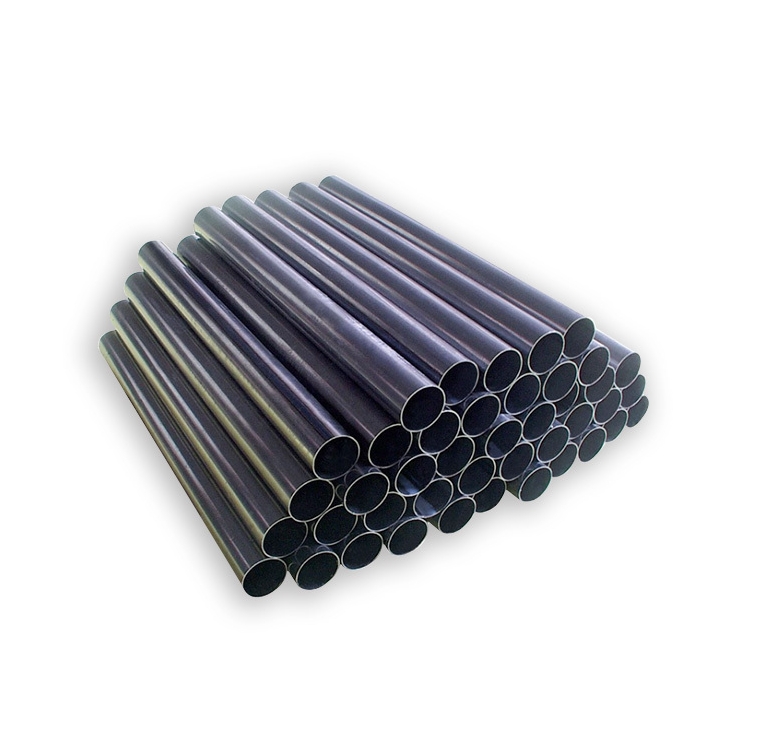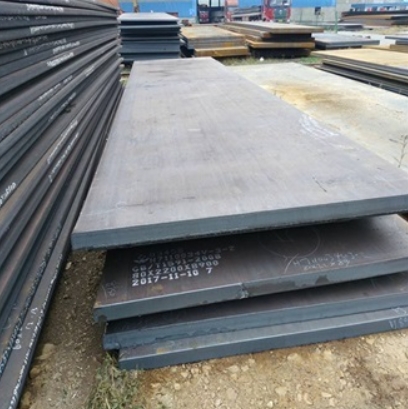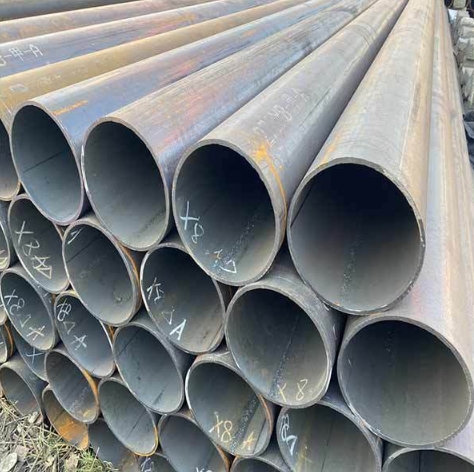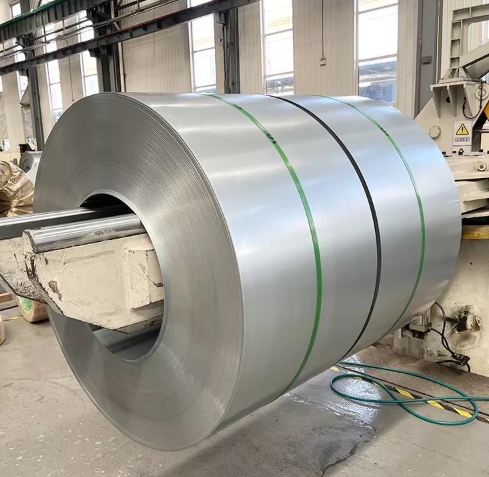What Makes Schedule 160 Carbon Steel Pipes Unique?
Schedule 160 carbon steel pipes are heavy-duty piping solutions designed for high-pressure systems. Unlike thinner schedules, their thicker walls (e.g., 0.593″ for 6″ NPS pipes) handle extreme stress, making them ideal for chemical plants, power generation, and oil refineries.
Why It Matters: During a refinery upgrade I managed, switching to Schedule 160 pipes eliminated 92% of leakage incidents in steam lines. Their durability justifies the higher upfront cost in critical applications.
Schedule 160 vs. Schedule 40: Key Differences (Comparison Table)
Choosing between schedules depends on your project’s demands:
| Feature | Schedule 160 | Schedule 40 |
|---|---|---|
| Wall Thickness | 0.593″ (15.06mm) | 0.280″ (7.11mm) |
| Max Pressure | 1,800 PSI | 550 PSI |
| Cost per Foot | 42–42–58 | 14–14–22 |
| Best For | High-pressure steam, hazardous chemicals | Water supply, HVAC |
Data source: ASME B36.10M (2023).
⚠ Warning: Never use Schedule 160 pipes for low-pressure systems—overkill costs can spike budgets by 30% unnecessarily.
5-Step Guide to Purchasing Schedule 160 Carbon Steel Pipes
Follow these steps to avoid costly mismatches:
- Calculate Pressure Requirements: Use the formula P = (2St)/(D – 0.8t) to avoid under-specification.
- Confirm ASTM Certification: Opt for ASTM A106 Grade B for temperatures up to 750°F.
- Check Corrosion Risks: For acidic environments, invest in Schedule 160 CS pipes with 3LPE coating.
- Compare Suppliers: Reputable vendors like Tata Steel or Nucor provide mill test reports (MTRs).
- Negotiate Bulk Pricing: Orders over 500 feet often reduce costs by 12–18% (Grand View Research, 2024).
Top 3 Installation Errors (And How to Fix Them)
Even robust Schedule 160 pipes fail if installed incorrectly. A chemical plant in Louisiana once faced a $200K repair bill due to these mistakes:
- Misaligned Welds: Use laser-guided alignment tools for joints.
- Ignoring Thermal Expansion: Install expansion loops every 150 feet in steam systems.
- Wrong Gasket Material: For high temps, use spiral-wound graphite gaskets, not rubber.
Pro Tip: Hydrotest pipes at 1.5x operating pressure before commissioning.
Maintenance Strategies for Extreme Environments
Schedule 160 carbon steel pipes last decades with proper care:
- Biannual Ultrasonic Testing: Detect thickness loss in corrosive zones.
- Chemical Inhibitors: Inject VCI-338 to combat internal rust in oil pipelines.
- Cathodic Protection: Mandatory for buried pipes in coastal regions.
Case Study: A Texas power plant extended pipe lifespan by 15 years using sacrificial anodes.
When to Choose Schedule 160 Over Stainless Steel
Stainless steel resists corrosion better, but Schedule 160 carbon steel pipes dominate in high-pressure scenarios. Choose carbon steel if:
- Pressure exceeds 1,500 PSI (stainless often costs 3x more at this level)
- Temperatures stay below 800°F
- Budget prioritizes long-term ROI over upfront savings
Checklist: Pre-Installation Must-Do’s
Before deploying Schedule 160 carbon steel pipes:
✅ Validate NDE reports for wall thickness uniformity
✅ Stock ASTM A105 forged fittings for high-pressure joints
✅ Confirm thread type (NPT vs. BSPT) matches existing valves
✅ Order 10% extra material for onsite adjustments
✅ Schedule post-weld heat treatment (PWHT) for ASTM A333 Grade 6 pipes
Final Take: Schedule 160 carbon steel pipes are workhorses for industrial systems under fire—literally. While pricier than lower schedules, their brute strength prevents catastrophic failures. Whether you’re battling 2,000 PSI steam or volatile chemicals, this guide ensures you buy smart, install safer, and maintain longer. Remember: In high-stakes piping, cutting corners cuts profits.


